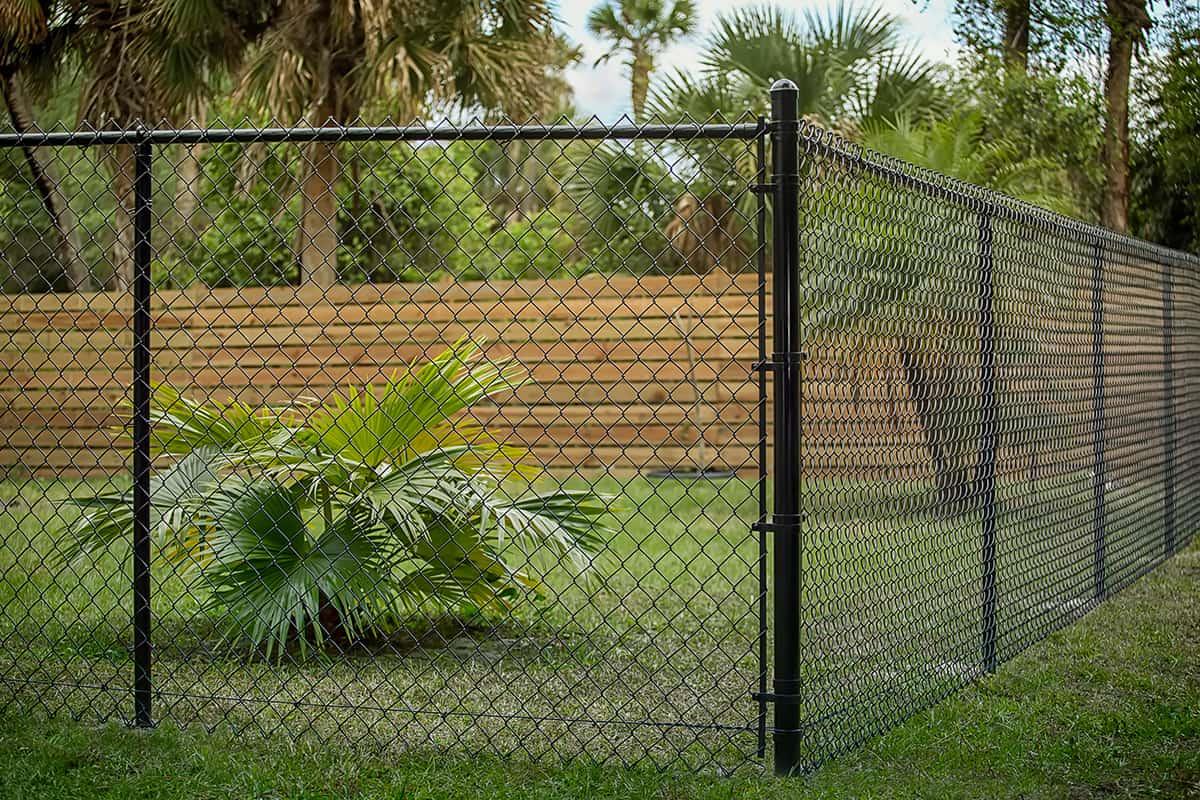

Articles
How Much To Fence In 1/2 Acre
Modified: May 6, 2024
Discover the average cost to fence in 1/2 acre with helpful articles and tips. Find out everything you need to know about fencing options, materials, and labor.
(Many of the links in this article redirect to a specific reviewed product. Your purchase of these products through affiliate links helps to generate commission for Storables.com, at no extra cost. Learn more)
Introduction
When it comes to defining the boundaries of your property, fencing is an essential feature. Whether you’re looking to keep pets and children safely contained or add a touch of privacy and security, installing a fence is a significant project. However, before you start the installation process, one crucial question often arises: How much does it cost to fence in half an acre?
The cost of fencing a 1/2 acre can vary depending on various factors, including the type of fencing material chosen, labor costs, and any additional features or requirements you may have. In this article, we will explore the different factors that can impact the overall cost and provide you with an estimate to help you plan your fencing project effectively.
Factors such as the intended purpose of the fence, aesthetics, maintenance requirements, and local building codes play a significant role in determining the right fencing material for your needs. Some common reasons for installing a fence include privacy, security, defining property boundaries, keeping pets and children safe, or simply enhancing the curb appeal of your home. Consider the primary purpose of the fence to ensure you select the appropriate material and design.
Another essential consideration is the environmental factors that might affect the durability and maintenance of the fence. If you live in an area prone to extreme weather conditions, such as high winds or heavy rainfall, you’ll want to choose a fencing material that can withstand these elements. Similarly, if you’re located in an area where termites or other pests are common, selecting a material that is resistant to such infestations is crucial.
Let’s delve into the different types of fencing materials available and their respective costs to help you make an informed decision.
Key Takeaways:
- Fencing in half an acre involves considering material costs, labor expenses, and additional factors. Careful planning and professional guidance can ensure a well-designed, secure, and visually appealing fence for your property.
- Factors such as property terrain, local building codes, and maintenance requirements impact the cost of fencing. Understanding these elements and obtaining multiple quotes from contractors can lead to an informed and cost-effective fencing project.
Read more: How Much Is It To Fence An Acre
Factors to Consider
Before diving into the specifics of fencing materials and costs, it’s important to consider a few key factors that can greatly impact the overall cost and feasibility of fencing in half an acre.
1. Property Terrain: The topography of your land can impact the complexity of the fencing installation and, consequently, the cost. If your property consists of rocky or uneven terrain, it may require additional labor and equipment to ensure the fence is properly installed.
2. Property Line Issues: It’s crucial to have a clear understanding of your property lines to avoid any potential conflicts or legal issues. Hiring a professional surveyor to mark the boundaries can add to the overall cost but is essential for an accurate fence installation.
3. Local Building Codes: Check with your local municipality or homeowners association to familiarize yourself with any specific regulations or restrictions regarding fence height, setback requirements, and materials allowed. Non-compliance can lead to costly fines or the need for fence modifications.
4. Access Points: Consider how many access points you’ll need in your fence, such as gates, and whether you require any additional hardware or security features. Access points can increase the cost of the project, so factor them into your budget.
5. Maintenance Requirements: Different fencing materials require varying levels of maintenance. For example, wooden fences may require regular staining or painting, while vinyl or aluminum fences are relatively low maintenance. Consider the long-term upkeep costs when selecting your fencing material.
6. Aesthetics and Privacy: The desired look and level of privacy you wish to achieve can impact your choice of fencing material. Some materials, like wood, offer natural beauty and privacy, while others, such as chain link, prioritize functionality over aesthetics.
By taking these factors into account, you can better assess the scope and requirements of your fencing project. This will aid in determining the appropriate materials and estimating the overall cost. In the next section, we will explore the different types of fencing materials available and provide insights into their respective costs.
Types of Fencing Materials
Choosing the right fencing material is an important decision as it will not only affect the overall cost but also the appearance, durability, and maintenance requirements of your fence. Here are some common types of fencing materials to consider:
- Wood: Wood is a classic and versatile fencing material that offers a natural and timeless look. It comes in various types such as cedar, pine, or redwood, each with its own unique characteristics. Wood fences can be custom-built to match specific design preferences and can provide varying levels of privacy based on the spacing between the boards. However, wood fences require regular maintenance, such as staining or sealing, to protect them from moisture and pests.
- Vinyl: Vinyl fences are popular due to their durability and low maintenance. They are resistant to moisture, rot, and insects and do not require painting or staining. Vinyl fences come in different styles and colors, allowing you to find a design that suits your aesthetic preferences. While vinyl fences are generally more expensive than wood, their long lifespan and minimal maintenance make them a cost-effective option in the long run.
- Chain Link: Chain link fences are affordable, practical, and commonly used for residential and commercial purposes. They are known for their durability and low maintenance. Chain link fences are made of metal wires woven into a diamond pattern and are available in various heights. They offer little to no privacy but provide security and boundary definition.
- Aluminum: Aluminum fences are lightweight, durable, and resistant to rust and corrosion. They are available in a range of styles and colors and can be customized to suit your preferences. Aluminum fences offer a stylish and elegant appearance and require minimal maintenance. However, they may not provide as much privacy as other materials.
- Wrought Iron: Wrought iron fences exude elegance and sophistication. They are durable and can last for decades with proper maintenance. Wrought iron fences are custom-made and can be crafted into intricate designs. However, they are more expensive than other materials and require regular painting or powder coating to prevent rust.
These are just a few of the most common fencing materials available. Each material has its own advantages and considerations based on factors such as budget, desired aesthetics, privacy needs, and maintenance requirements. Now that we have explored the different types of fencing materials, we can move on to understanding the costs associated with each material in the next section.
Cost of Fencing Materials
When estimating the cost of fencing a 1/2 acre, the choice of fencing material is a significant factor to consider. The cost of materials can vary widely depending on the type, quality, and quantity required. Here’s a breakdown of the average cost range per linear foot for each fencing material:
- Wood: Wood fencing is one of the most affordable options, with an average cost range of $10 to $30 per linear foot. The specific wood species, such as cedar or redwood, and the style of the fence (e.g., picket, privacy) can influence the price.
- Vinyl: Vinyl fences are generally more expensive than wood, with an average cost range of $20 to $40 per linear foot. However, considering their long lifespan and minimal maintenance requirements, they can be a cost-effective option in the long run.
- Chain Link: Chain link fences are the most budget-friendly option, with an average cost range of $5 to $15 per linear foot. However, additional features such as privacy slats or special coatings may increase the overall cost.
- Aluminum: Aluminum fences have an average cost range of $25 to $40 per linear foot. The price can vary depending on the design, height, and any additional features or customization options.
- Wrought Iron: Wrought iron fences are on the higher end of the pricing spectrum, with an average cost range of $30 to $50 per linear foot. The price can significantly increase for intricate designs or customizations.
It’s important to note that these cost ranges are estimates and may vary based on factors such as location, supplier, and any additional features or requirements. Additionally, larger fencing projects may allow for bulk ordering, which can potentially reduce the cost per linear foot.
When calculating the overall cost of materials, don’t forget to consider additional components such as posts, hardware, and gates. These additional items can add to the total material cost, but they are vital for a complete and functional fence installation.
Now that we have an idea of the average cost of different fencing materials, let’s move on to the next factor that influences the overall cost: labor expenses.
When calculating how much fencing you need for 1/2 acre, remember that 1 acre is equal to 43,560 square feet. So, 1/2 acre is 21,780 square feet. Use this measurement to determine the amount of fencing needed for your property.
Labor Costs for Fencing Installation
The labor costs for fencing installation can vary depending on several factors, including the complexity of the project, the terrain, and the region’s average labor rates. Generally, the installation process involves several steps, including site preparation, post-setting, fence panel or board installation, and any necessary finishing touches. Hiring a professional contractor for efficient and precise installation is often recommended.
On average, the labor costs for installing a fence range from $30 to $80 per hour per worker. Depending on the size and complexity of the project, you may require a team of two or more workers. The duration of the installation process can vary, but it typically takes several days to complete a 1/2 acre fencing project.
It’s important to obtain multiple quotes from reputable contractors to compare prices and ensure quality workmanship. When selecting a contractor, consider their experience, expertise, and customer reviews. Keep in mind that while hiring professionals may seem more expensive initially, their expertise can help prevent costly mistakes and ensure a long-lasting, properly installed fence.
Additionally, some contractors may include the cost of materials in their overall pricing, while others may provide separate estimates for materials and labor. Be sure to clarify this with the contractor upfront to have a clear understanding of the total cost breakdown.
In addition to labor costs, there may be other expenses associated with the installation process. These can include transportation costs for workers and materials, equipment rental fees, and any necessary permits or inspections required by your local municipality.
Now that we have discussed labor costs, let’s explore some additional factors to consider that may impact the overall cost of fencing a 1/2 acre.
Read more: How Much Clover Seed Per Acre
Additional Costs to Consider
When estimating the total cost of fencing a 1/2 acre, it’s essential to consider some additional expenses that may arise during the project. These costs can vary depending on your specific requirements and preferences. Here are a few additional factors to consider:
1. Permits and Inspections: Before beginning any fencing project, check with your local municipality or homeowners association to determine if you need any permits or inspections. Depending on your location, there may be fees associated with obtaining these permits or conducting inspections, which should be factored into your budget.
2. Clearing and Grading: If your property is overgrown, uneven, or requires leveling, you may need to factor in the cost of clearing vegetation, removing rocks, or grading the land before installing the fence. Clearing and grading can vary in cost based on the complexity of the terrain and the amount of work required.
3. Customizations and Add-Ons: If you desire any custom features or add-ons for your fence, such as decorative gates, lattice work, or special coatings, these can increase the overall cost. Discuss these options with your contractor and obtain specific quotes for any additional features you wish to incorporate.
4. Removal and Disposal: If you have an existing fence that needs to be removed or demolished, you’ll need to account for the cost of labor and disposal fees. The complexity of the removal process and the type of material being removed can impact the overall cost.
5. Landscaping and Restoration: After the fence installation is complete, you may need to restore and landscape the surrounding area. Adding new vegetation, repairing any damage caused during the installation, or enhancing the overall aesthetics can involve additional expenses.
6. Maintenance Costs: While some fencing materials require minimal maintenance, others may require periodic treatments, such as staining or painting, or occasional repairs. Consider the long-term maintenance costs associated with the chosen fencing material in your budgeting.
By factoring in these additional costs, you can obtain a more accurate estimation of the total expenses involved in fencing a 1/2 acre. Now, let’s calculate the total cost of fencing a 1/2 acre by combining the material costs, labor costs, and any additional expenses.
Total Cost of Fencing a 1/2 Acre
Calculating the total cost of fencing a 1/2 acre involves considering the costs of materials, labor, and any additional expenses. To get an accurate estimate, it’s important to gather quotes from contractors, considering the specific requirements of your project. Here’s a step-by-step breakdown of how to calculate the total cost:
1. Determine the Fencing Material Cost: Based on the type of material you choose for your fence, calculate the total cost of materials needed for the project. Multiply the average cost per linear foot by the total linear feet required to enclose a 1/2 acre. This will provide an estimate of the material cost.
2. Calculate the Labor Costs: Obtain quotes from contractors and factor in the labor costs for the entire project, considering the complexity of the installation, the number of workers required, and the average hourly rates in your area. Multiply the hourly rate by the estimated number of hours needed for completion.
3. Include Additional Costs: Consider any additional expenses, such as permits, inspections, clearing and grading, customizations, removal and disposal, and landscaping and restoration. Add these costs to the material and labor expenses.
4. Add Contingency: It’s always a good idea to allocate a contingency percentage (around 10% to 15%) to account for unforeseen expenses or changes during the project.
By adding up the material costs, labor costs, additional expenses, and contingency, you can determine a more accurate estimate of the total cost to fence in a 1/2 acre. Remember that these costs can vary based on factors such as location, regional labor rates, and specific project requirements.
It’s recommended to consult with professionals and gather multiple quotes to ensure you have the most accurate and comprehensive understanding of the costs involved. Additionally, considering the long-term benefits and durability of the chosen materials can help justify the investment in your fencing project.
Now that you have a clear estimation of the costs involved, you can make informed decisions and plan your fencing project effectively. With careful consideration and preparation, you can create a beautiful, functional, and secure fence to enhance your property.
Conclusion
Fencing in a 1/2 acre of land involves careful consideration of various factors, including the type of fencing material, labor costs, and any additional expenses. By understanding these factors and obtaining multiple quotes from reputable contractors, you can have a clearer estimation of the total cost and make informed decisions for your fencing project.
When deciding on the fencing material, take into account factors such as durability, maintenance requirements, desired aesthetics, and privacy needs. Wood, vinyl, chain link, aluminum, and wrought iron are common options, each with its own advantages and considerations.
Additionally, labor costs play a significant role in the overall expense. Hiring experienced professionals ensures proper installation and reduces the possibility of costly mistakes. Obtain quotes from contractors and consider their expertise, customer reviews, and relevant certifications.
Remember to factor in additional costs, including permits, inspections, clearing and grading, customizations, removal and disposal, landscaping, and maintenance. Having a contingency budget can help account for unforeseen expenses or changes during the project.
By carefully calculating the material costs, labor costs, and additional expenses, you can obtain a more accurate estimation of the total cost to fence in a 1/2 acre. It’s always recommended to consult with professionals to ensure your project is executed efficiently and that your budget aligns with your needs and requirements.
Ultimately, investing in a well-designed and properly installed fence not only provides functional benefits such as privacy, security, and boundary definition, but it also enhances the visual appeal and value of your property. With thorough planning and a clear understanding of the costs involved, you can embark on your fencing project with confidence, knowing you are making a wise investment in your property.
Curious about spicing up your garden's perimeter? Our collection of innovative fencing ideas will inspire your next project, offering creative and practical solutions for any style. Whether you're leaning towards eye-catching designs or functional landscapes, these guides provide essential tips and visual inspirations. Also, if durability and cost-effectiveness are on your radar, don't miss our latest insights on chain link fence options, perfect for those planning ahead to 2024. Dive into these articles for a blend of aesthetics, functionality, and value in your outdoor spaces.
Frequently Asked Questions about How Much To Fence In 1/2 Acre
Was this page helpful?
At Storables.com, we guarantee accurate and reliable information. Our content, validated by Expert Board Contributors, is crafted following stringent Editorial Policies. We're committed to providing you with well-researched, expert-backed insights for all your informational needs.
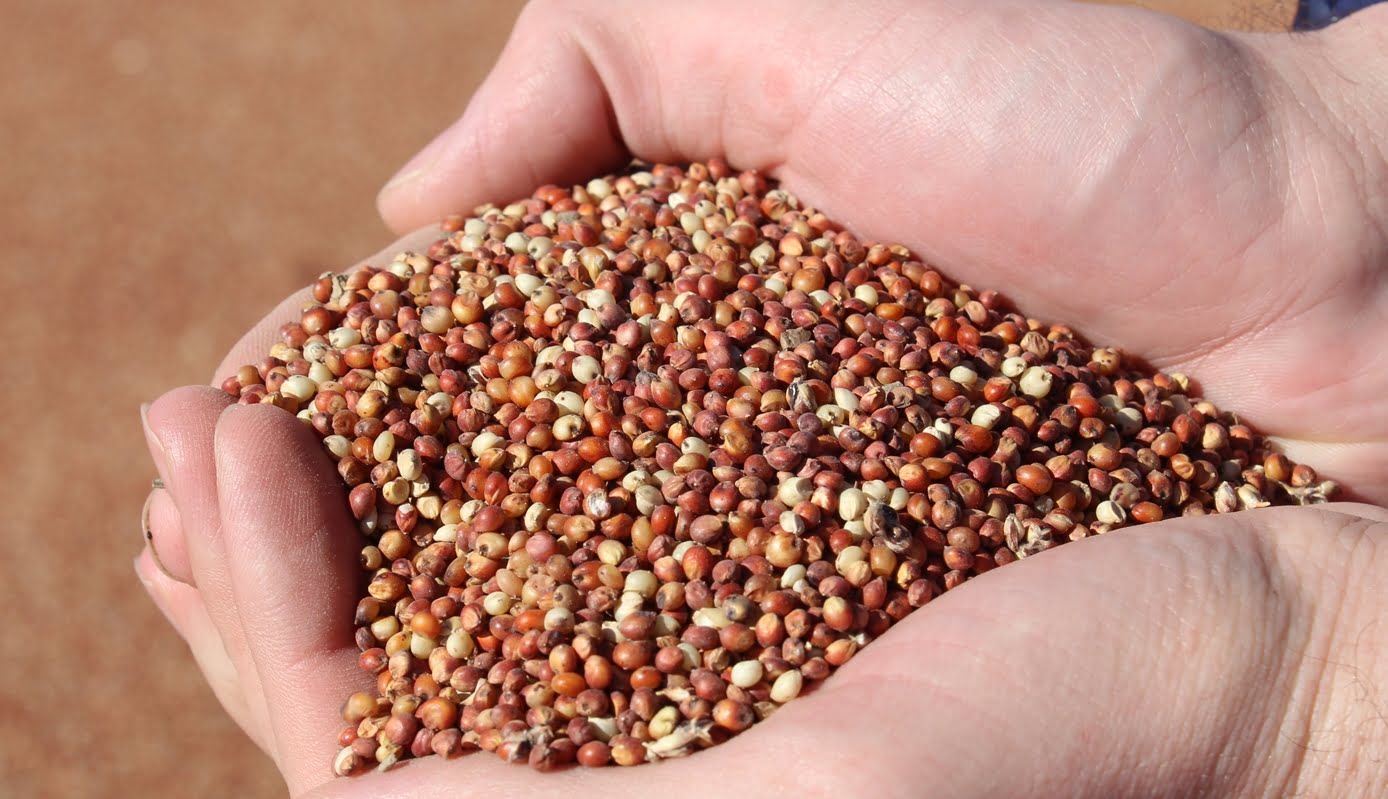
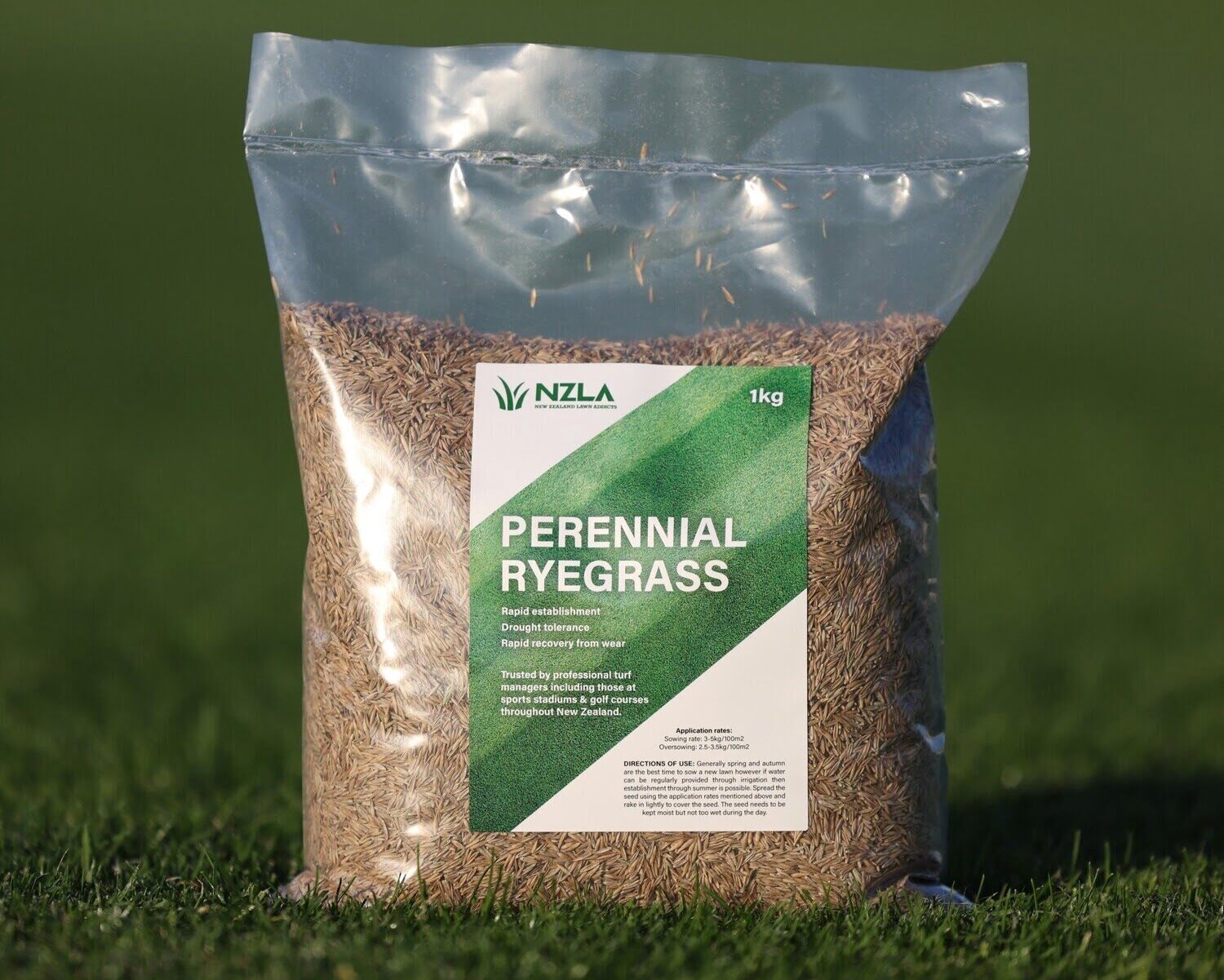
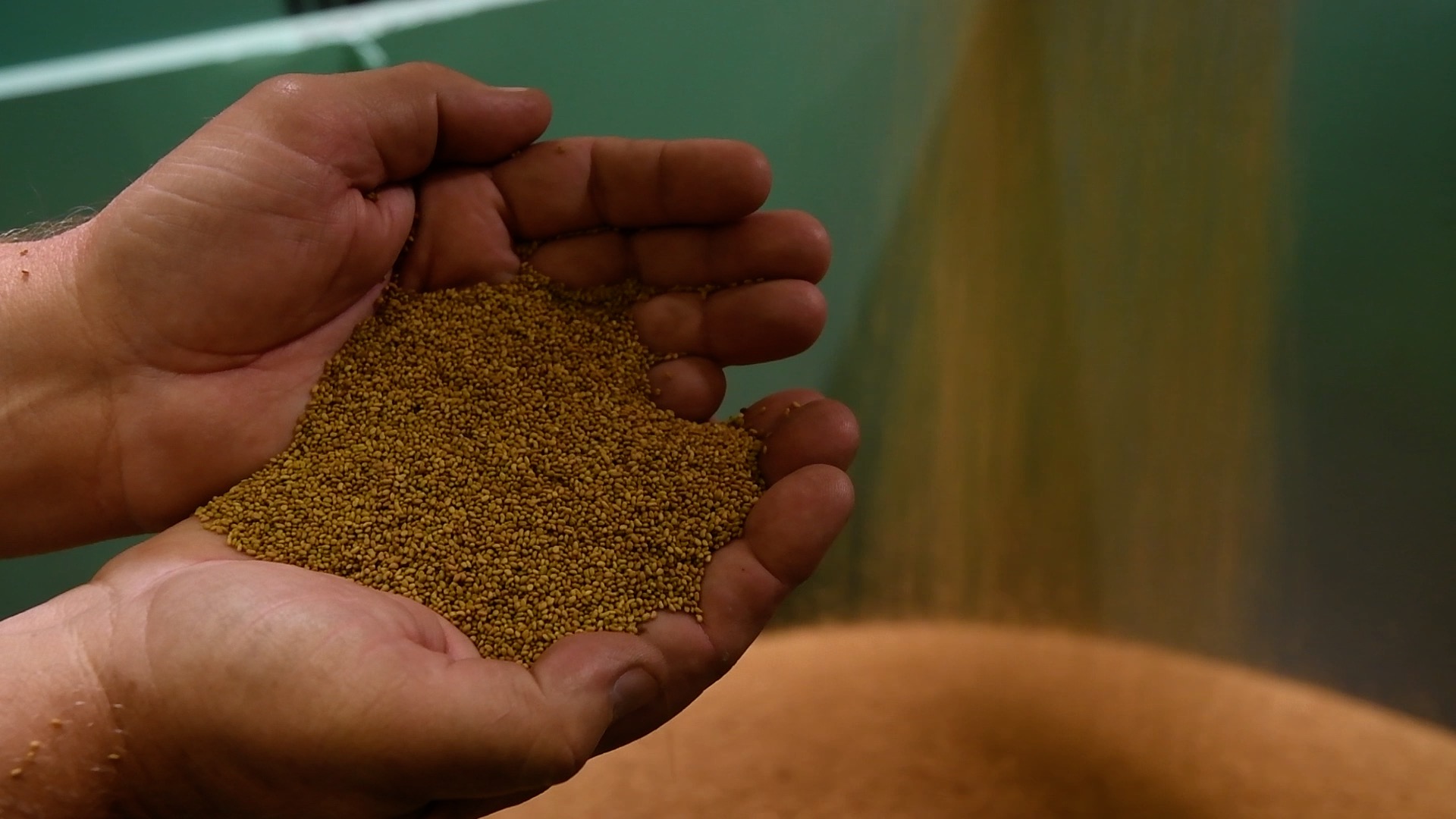
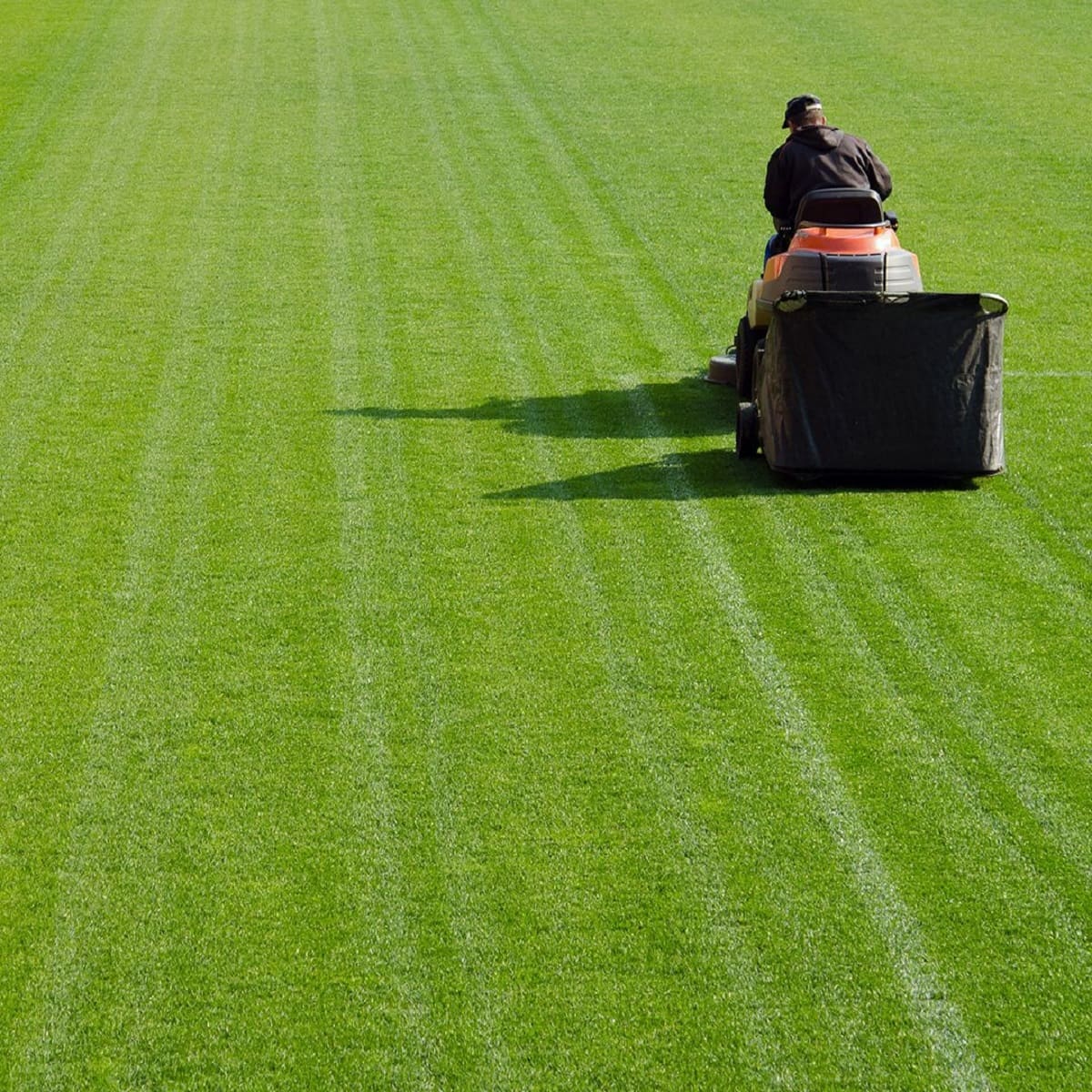
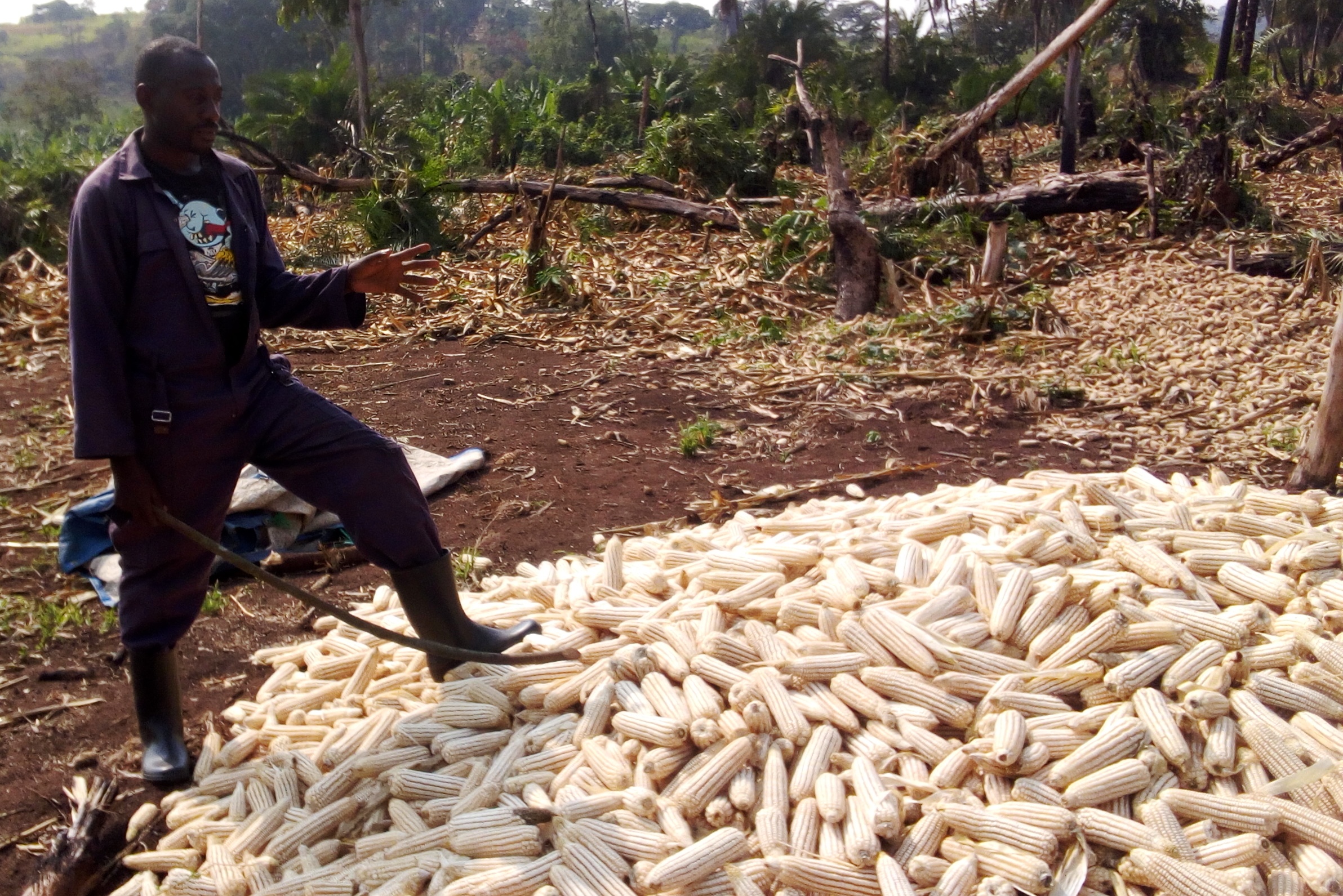
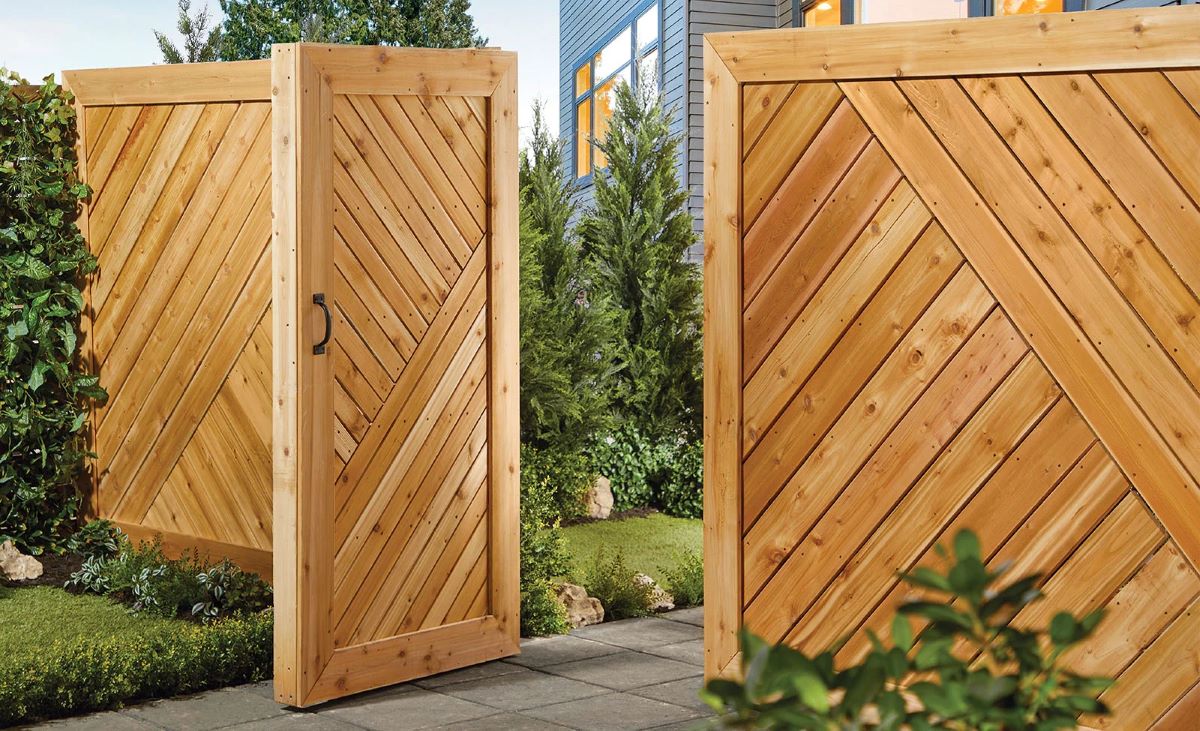

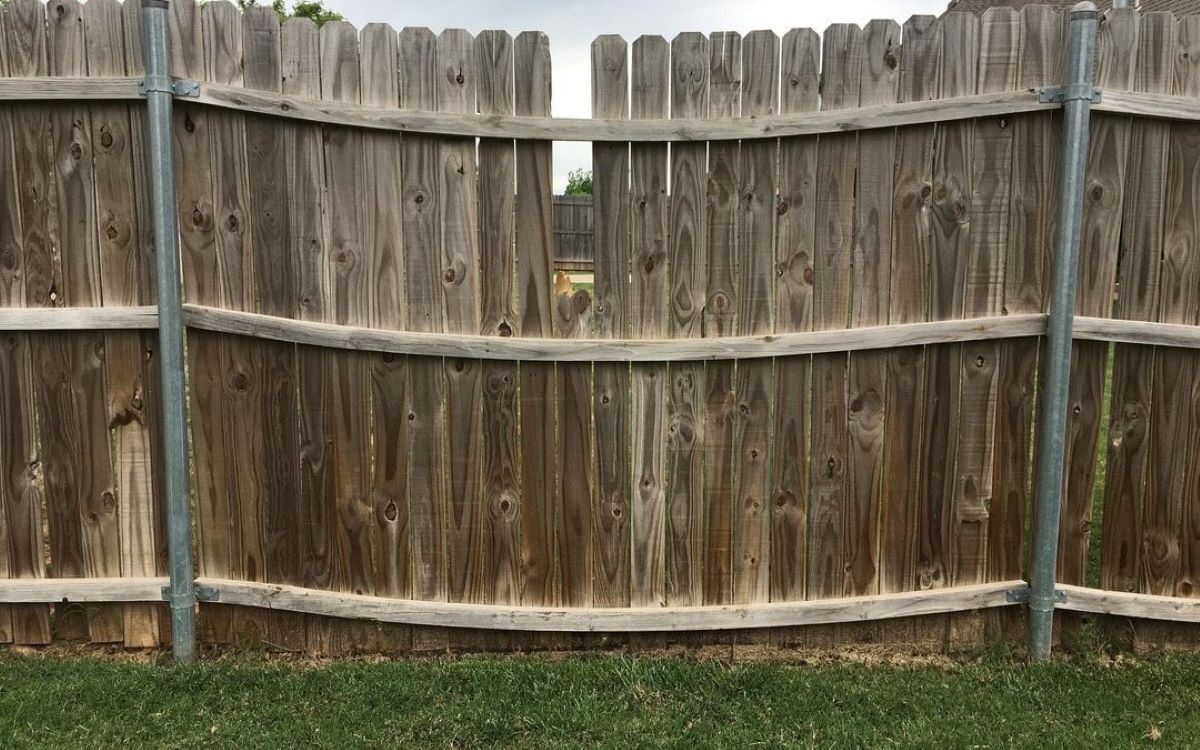
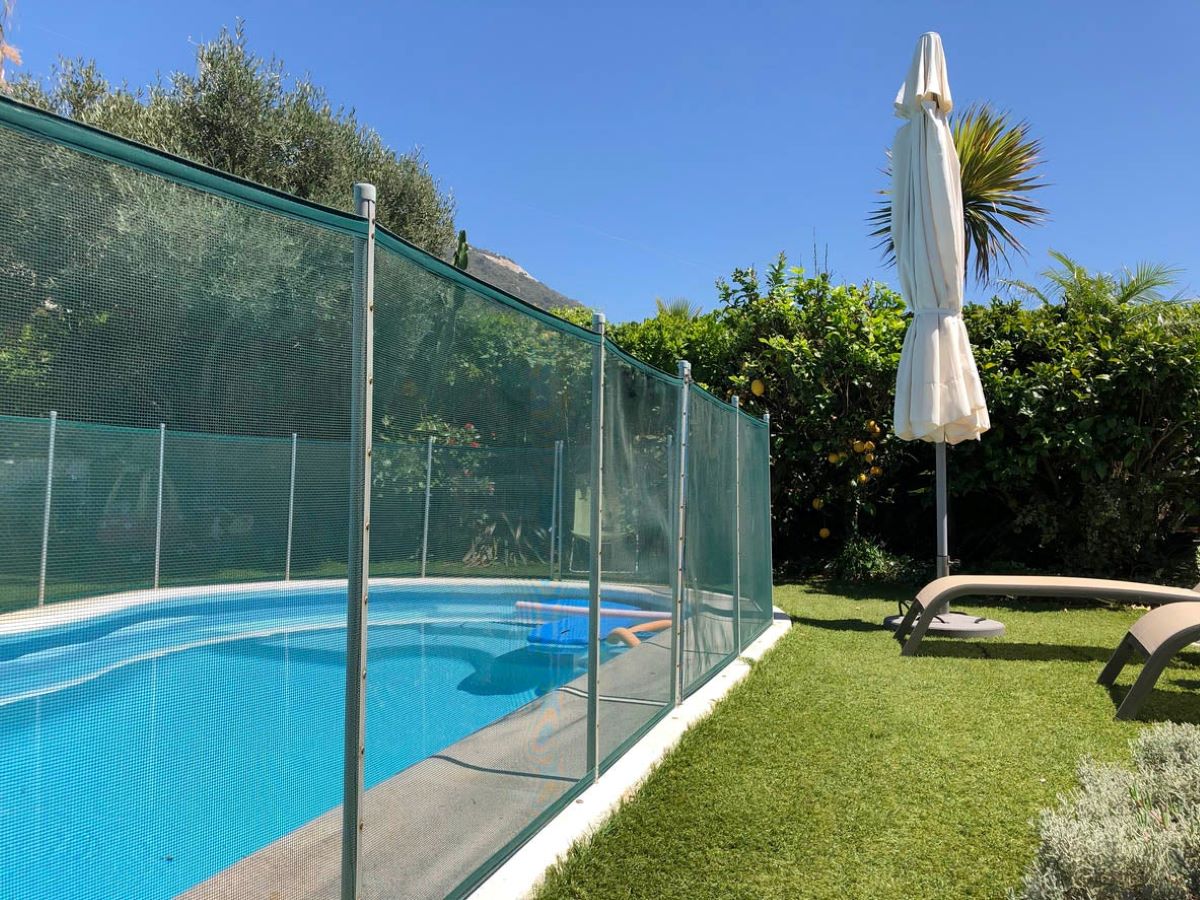
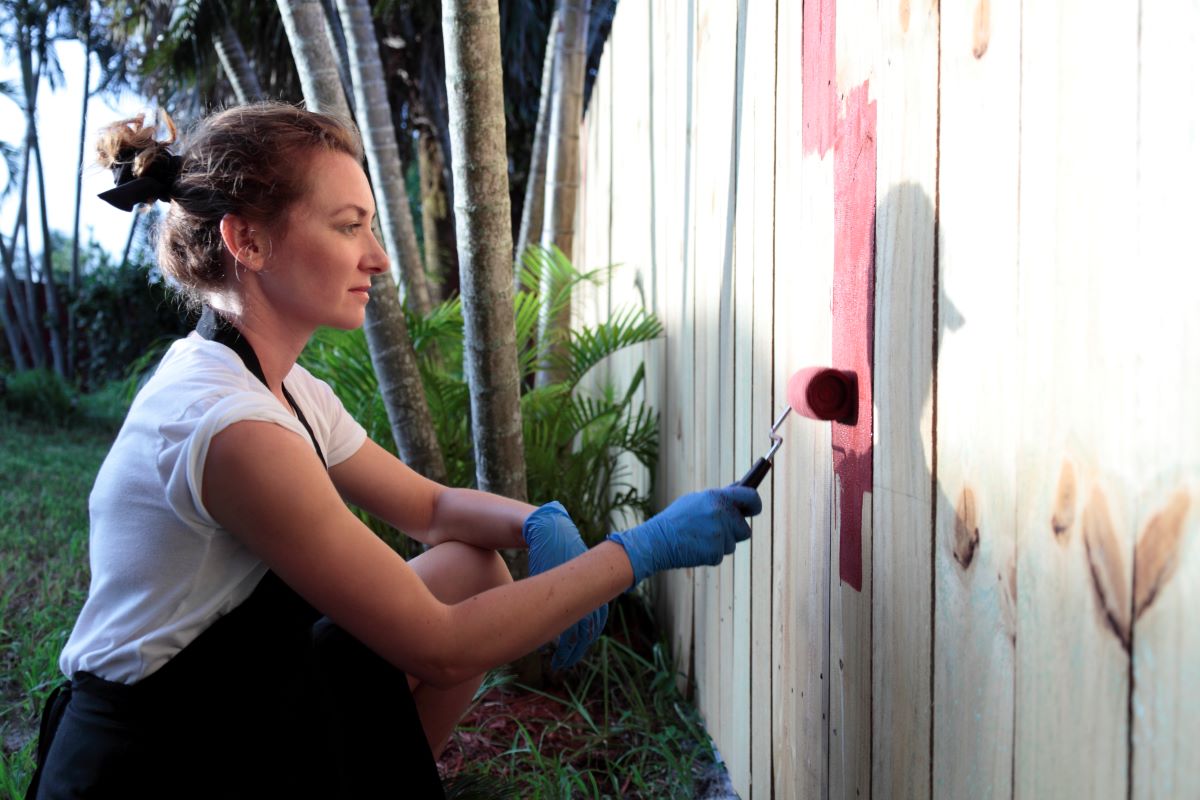

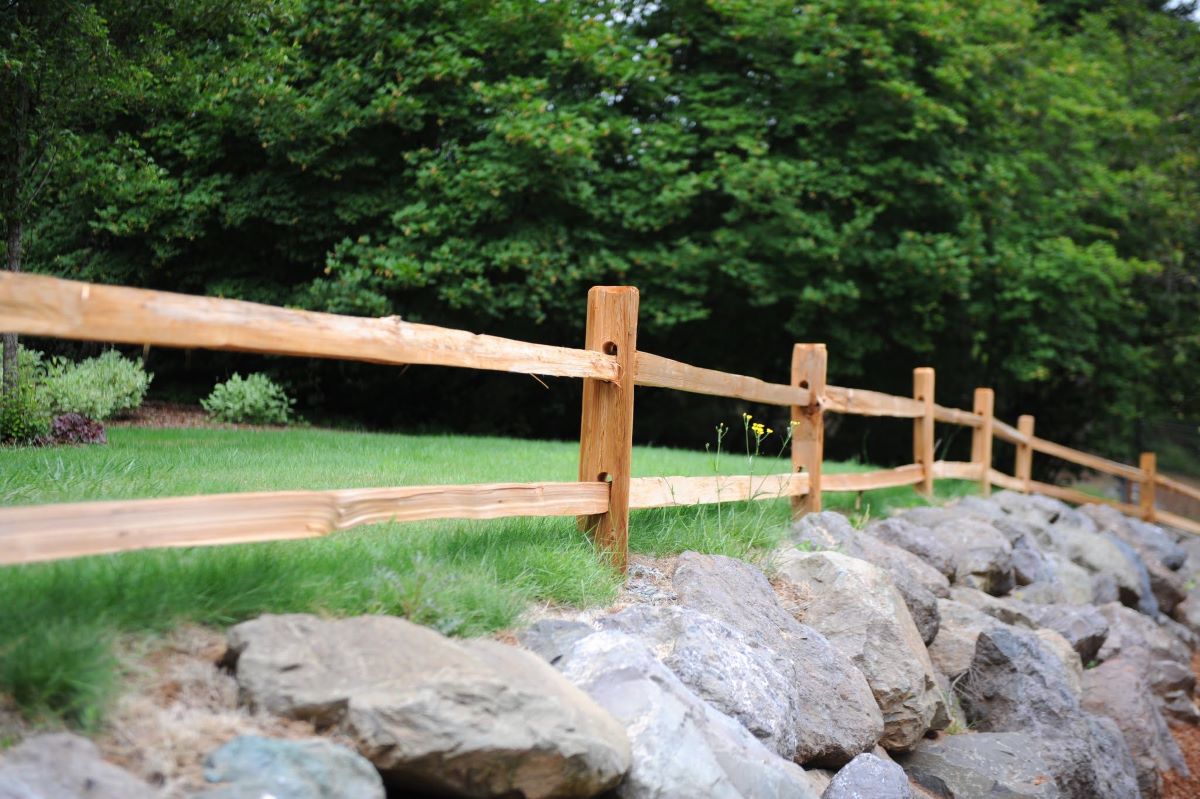
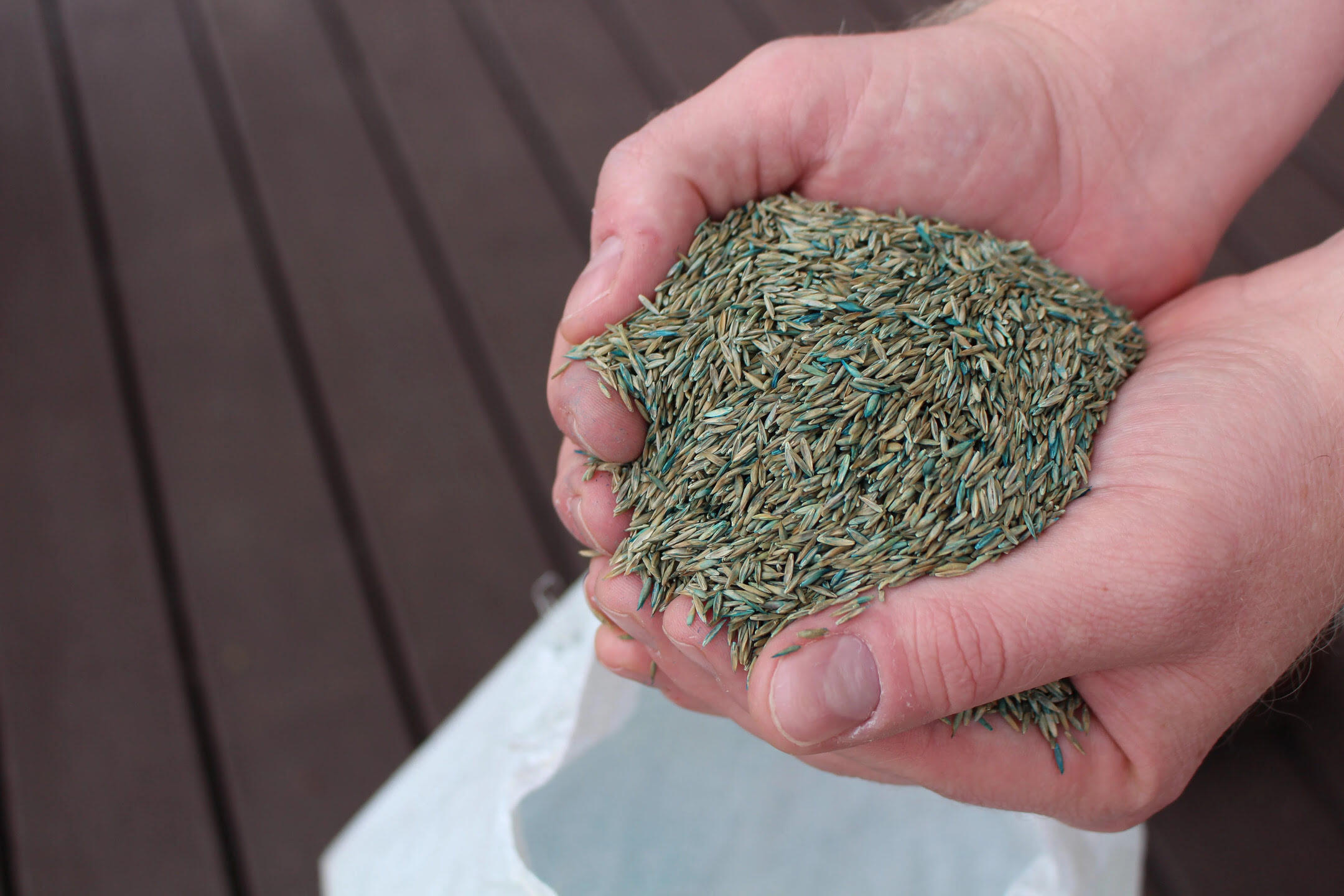
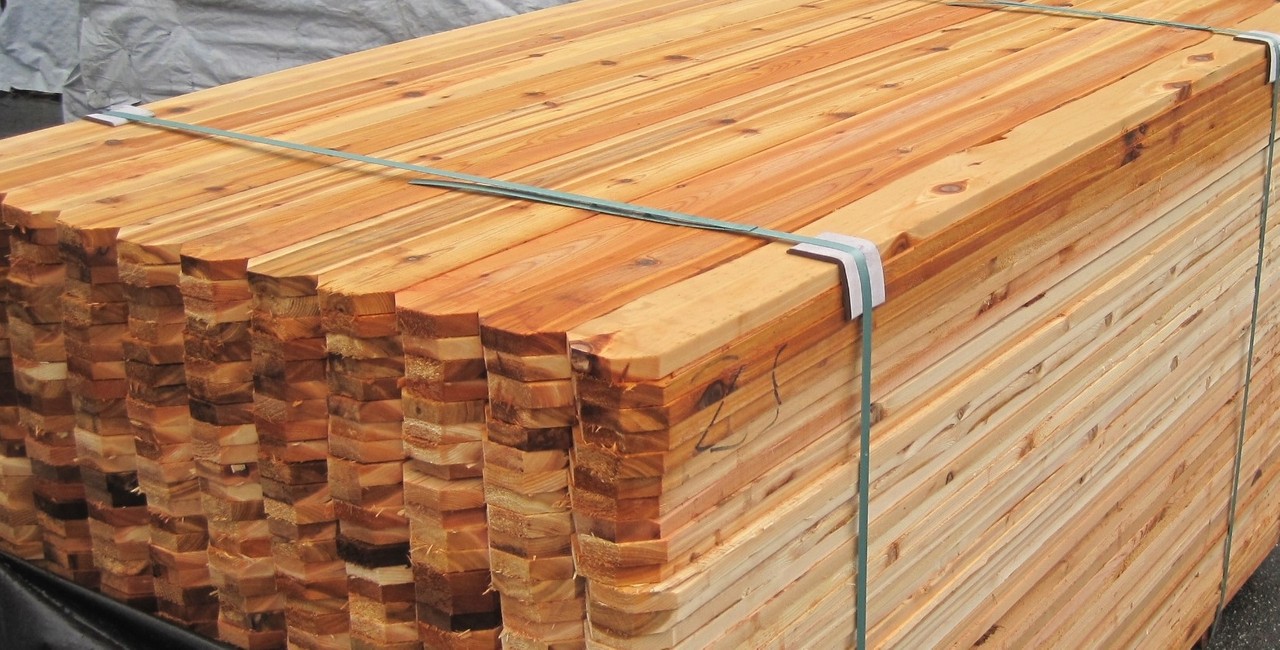

0 thoughts on “How Much To Fence In 1/2 Acre”